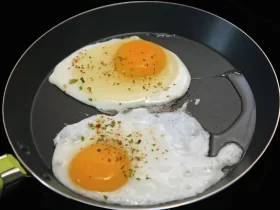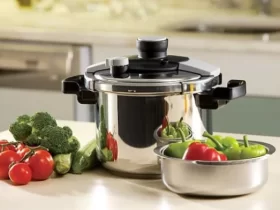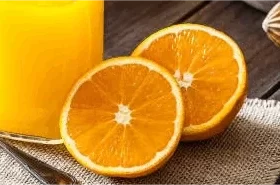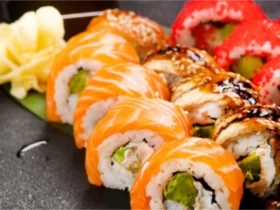While mastering tamagoyaki may take years, crafting a decent version at home is possible with the right tools. The essential first step? Acquiring a suitable tamagoyaki pan. I tested six pans rigorously to identify the top contenders for home cooks.

The Standouts:
1. TECHEF Tamagoyaki Japanese Egg Pan:
Ideal for delicate tamagoyaki, this nonstick pan simplifies the rolling process. Its secure handle and inclined lip facilitate easy serving onto plates.
2. Lisos Tamagoyaki Pan Square Japanese Omelette Pan:
Featuring a sturdy handle for easy maneuvering, this pan produces light and fluffy omelets. However, its straighter edge may require some finesse when removing the omelet.
3. HooJay Japanese Omelette Pan (with Utensils):
Compact and efficient, this pan yields neat omelets. The included silicone scraper aids in folding each layer, though the handle’s design could be more comfortable.

Testing Method:
- Seasoning Test: I prepped the pans before use, ensuring optimal performance.
- Tamagoyaki Test: Employing each pan, I evaluated ease of use and final results, alongside post-cooking cleaning.
- Durability Test (Winners Only): Repeated usage to assess any damage or warping, considering frequent heating, cooling, and rolling. Cleaning methods varied based on pan type.
Understanding Tamagoyaki:
Originating in 1950s Japan, tamagoyaki emerged as a protein-rich dish, evolving into a staple in bento boxes and sushi establishments. Its preparation involves layering thin egg sheets in a rectangular pan, resulting in a rolled omelet showcasing distinct layers.
While tamagoyaki variations abound, for this review, I focused on the home-style version, flavored with mirin, soy sauce, and dashi.
Key Takeaways:
- Nonstick Pans for Beginners: While copper pans offer superior conductivity, nonstick pans are recommended for novice cooks due to ease of use.
- Handle and Lip Design Matter: A well-designed handle facilitates swirling of the egg mixture, while a slanted lip aids in layering and serving.
- Utensils Aid in Handling: While traditional techniques are admirable, utensils like spatulas and scrapers can assist in achieving desired results.

Criteria for Selection:
For beginners, affordable nonstick pans are recommended for their user-friendliness. However, experienced cooks may prefer copper pans for airier omelets. Regardless of material, a comfortable handle and slanted lip enhance the cooking experience.
Top Picks:
1. TECHEF Tamagoyaki Japanese Egg Pan:
- Pros: Compact design, reliable nonstick coating, and secure handle.
- Cons: Limited lifespan due to nonstick nature.
2. Lisos Tamagoyaki Pan Square Japanese Omelette Pan:
- Pros: Sturdy construction, balanced handle, and fluffy omelet results.
- Cons: Slight difficulty in omelet removal from the pan’s edge.
3. HooJay Japanese Omelette Pan:
- Pros: Neat omelet production, inclusive utensils, and budget-friendly.
- Cons: Uncomfortable handle design and less stability compared to others.

In Conclusion:
Acquiring the right tamagoyaki pan can significantly enhance your cooking experience. Whether opting for nonstick convenience or exploring copper’s nuances, prioritize comfort, functionality, and value. With the right tools and techniques, crafting perfect tamagoyaki at home becomes an achievable delight.














Leave a Reply